History and description of the Royal Museum of natural history. Translated from the French
Extraits
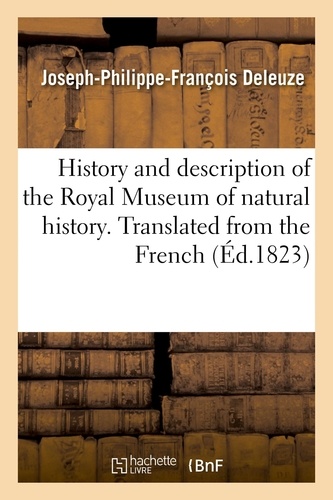
Sciences de la vie
History and description of the Royal Museum of natural history. Translated from the French
03/2021

Monographies
Loire's castle
03/2024

Photographes
The Stutter of History
05/2023
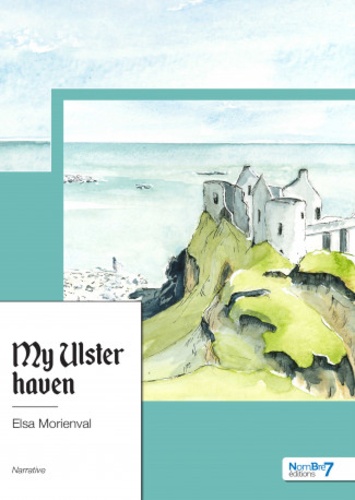
Littérature française
My Ulster haven
02/2022
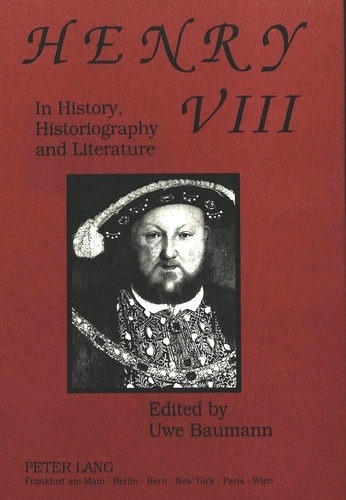
Non classé
Henry VIII in History, Historiography and Literature
01/1993

Monographies
Paris - The Place to be
03/2024
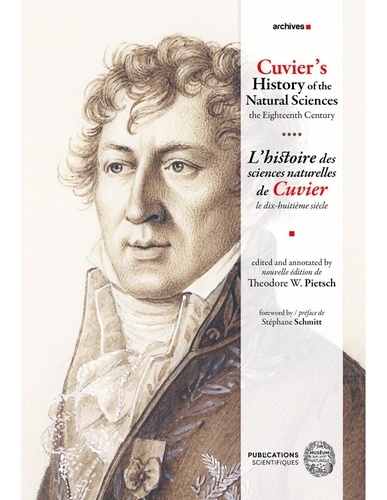
Histoire et philosophie des sc
Cuvier's History of the Natural Sciences - the Eighteenth Century
12/2023

Ecrits sur l'art
Daring French Explorations. Traiblazing Adventures around the World : 1714-1854
02/2024

Religion jeunesse
The beautiful dolls of Julia are getting married. Numéro 22
10/2018

Religion jeunesse
The beautiful dolls of Julia are celebrating the assumption of the blessed virgin Mary. Numéro 15
05/2019

Non classé
Accent and metre in French
11/1999
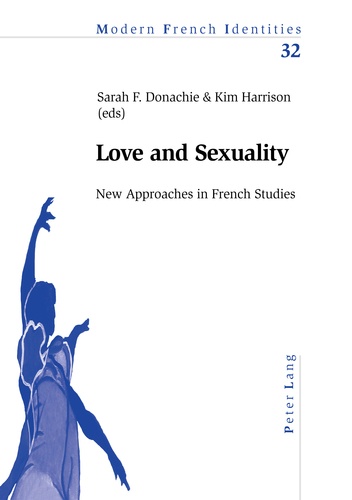
Non classé
Love and Sexuality
07/2005

Histoire internationale
After The Last Ship
04/2014

Non classé
Métissage in New France and Canada 1508 to 1886
08/2009

Histoire et Philosophiesophie
The Undergrowth of Science. Delusion, self-deception and human frailty
01/2000
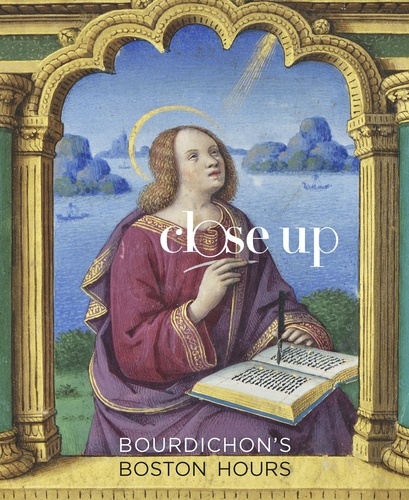
Beaux arts
Bourdichon's Boston Hours
09/2021
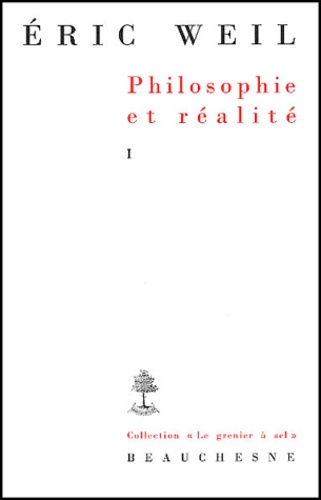
Religion
The Reform of Port Royal
01/1978
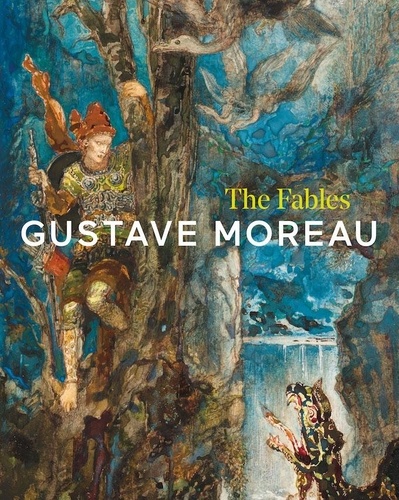
Monographies
Gustave Moreau. The Fables
08/2021
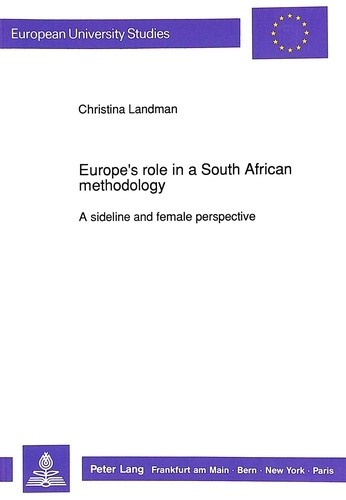
Droit
Europe's Role in a South African Methodology
12/1991
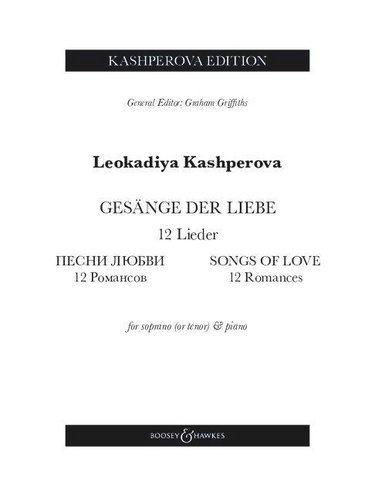
Musique classique
Songs of Love. 12 Romances. 12 Lieder. Soprano (tenor) and piano.
12/2023
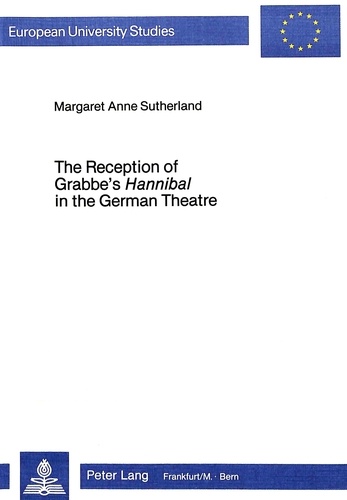
Non classé
The Reception of Grabbe's Hannibal in the German Theatre
12/1984

Critique littéraire
Ancient Greek by Its Translators
02/2022

Religion
The Second Story of Creation (Gen 2:4-3:24)
11/2010
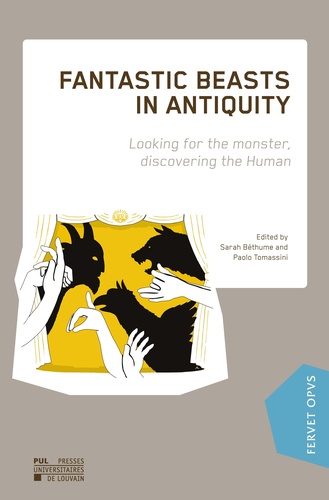
Archéologie
Fantastic Beasts in Antiquity. Looking for the monster, discovering the Human, Textes en français et anglais
02/2021
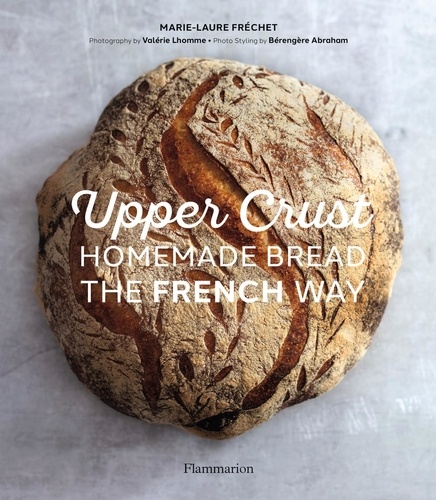
Monographies
Upper Crust : Homemade Bread the French Way. Recipes and techniques
11/2021
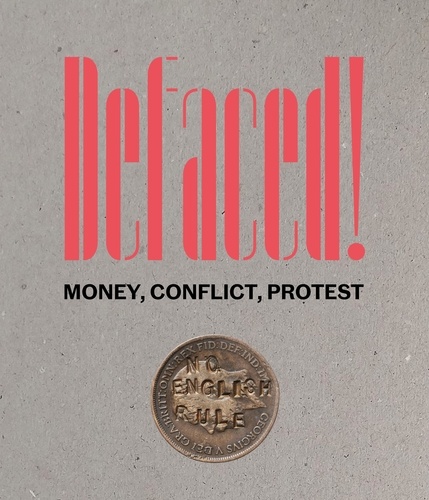
Monographies
Defaced! Money, Conflict, Protest
12/2022

Beaux arts
New worlds
10/2012

Histoire internationale
Charge of the Bull
06/2012
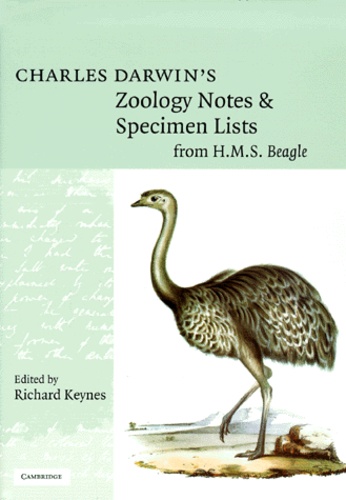
Histoire et Philosophiesophie
Charles Darwin's Zoology Notes & Specimen Lists from H.M.S. Beagle
01/2000
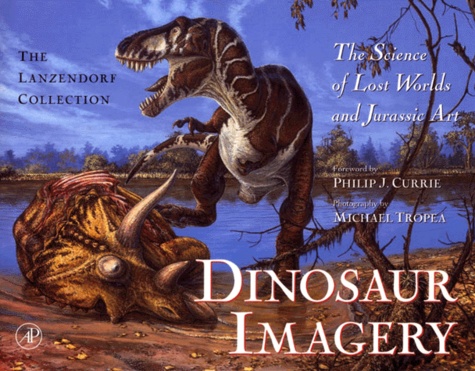
Sciences de la terre et de la
Dinosaur imagery. The Science of Lost Worlds and Jurassic Art, The Lanzendorf Collection
05/2000

